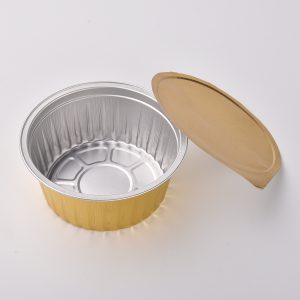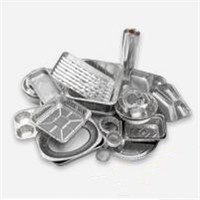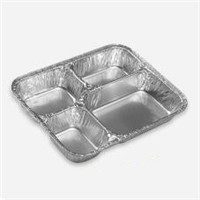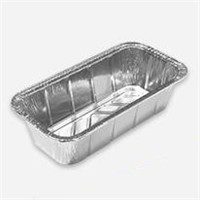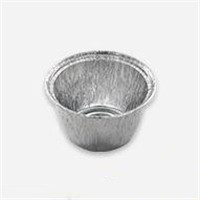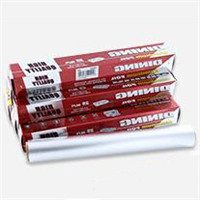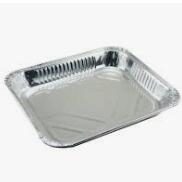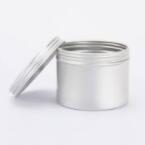Early business card cases were mostly made of silver or copper. Later, materials such as sandalwood, red sandalwood, rhino skin, tortoise shell, etc. appeared. The shapes were mostly rectangular flat boxes, including small conjoined boxes that opened up and down, and boxes. Small box type with separate body and lid. The pattern on the business card case incorporates many techniques such as carving, engraving, engraving, and inlay, and the workmanship is extremely exquisite and meticulous. Especially the business card case made of hardwood can be called exquisite work of art. Craftsmen use knives instead of pen, and use round carvings, open carvings, flat carvings, thread carvings and other techniques to engrave landscape figures, flowers, birds, fish and insects, drama stories and other patterns on the wooden box, so that it has a delicate, exquisite and translucent artistic effect, adding The playful charm and artistic temperament of the business card case.
In the late Qing Dynasty and the beginning of the Republic of China, when the human relationship culture was flourishing, the business card case was also a status symbol. The more precious the material and the more sophisticated the craftsmanship of the business card case, the more it can reflect the user’s grade identity. For example, some people who are pursuing elegant taste use precious sandalwood to make business card cases and carry them with them. Not only can they serve as a sachet, but also the business cards can be dyed with a clear fragrance, which makes people smell refreshing. In order to show their outstanding taste. In comparison, some people make business card cases with gold jewellery in order to show off their wealth, which is a bit vulgar.
Since the birth of the business card case is not long, it is also a small miscellaneous item that is not well-known, and it was often overlooked in the past. However, as the collection craze has heated up in recent years, some sharp-eyed players have shifted their eyes to some relatively unpopular collections, and the profitability of business card case appreciation has also been optimistic, and it has become a “potential stock” in the Tibetan market. The collection of business card cases has three elements: material, year, and craftsmanship. The material is precious. The second is to distinguish the era it belongs to. If it is a modern product, it will not have much collection value. The production craftsmanship is exquisite and exquisite, the pattern layout is exquisite, and the shape is complete as the basic premise of the collection.

